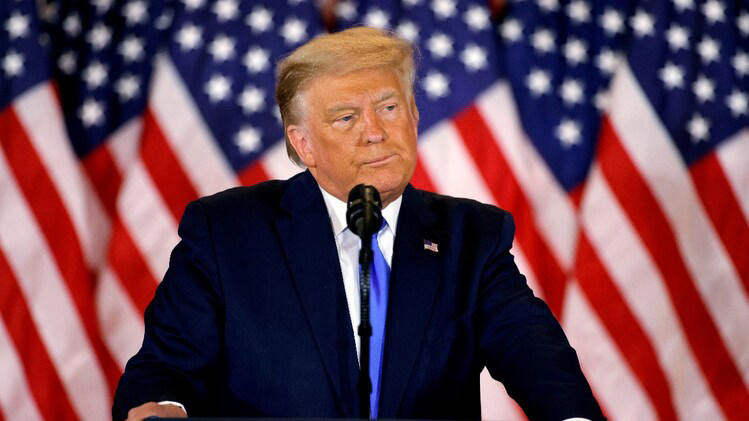Trump Raises Steel and Aluminium Tariffs to 50%, Excludes UK; India’s $5 Billion Exports at Risk
Trump Doubles Steel and Aluminium Tariffs to 50%, Spares UK; India Faces Potential $5 Billion Export Setback
In a significant policy move with global trade implications, US President Donald Trump has officially signed a proclamation to double the tariffs on steel and aluminium imports to 50 percent, up from the previous 25 percent. This drastic increase will be effective starting June 4 and is aimed at further shielding the domestic steel industry. Trump, addressing a rally in Pennsylvania, emphasized that the earlier 25 percent tariffs weren’t enough to protect the US steel sector and claimed the new 50 percent rate would create a stronger barrier for foreign metal imports. However, in a notable exception, the United Kingdom has been spared from these new tariffs. This exemption follows a high-level meeting between British Trade Minister Jonathan Reynolds and US Trade Representative Jamieson Greer during the OECD summit in Paris. According to a UK government spokesperson, the decision reflects the ongoing US-UK trade partnership, with both nations committed to finalizing a comprehensive tariff agreement. As part of a broader bilateral understanding, the US is also expected to reduce tariffs on UK car and steel imports, while Britain will lower duties on American beef and ethanol.
The move to impose steeper tariffs comes amid active bilateral trade agreement (BTA) talks between Washington and several countries, including India. For India, this development poses a considerable challenge. India exports approximately $5 billion worth of steel, aluminium, and related engineering goods to the United States annually. Industry experts and trade bodies fear that this tariff hike could significantly damage India’s export competitiveness in these sectors. According to Pankaj Chadha, Chairman of the Engineering Export Promotion Council (EEPC) of India, the increased cost burden from the higher tariffs could lead to a steep drop in shipments of engineering goods to the US market. Chadha warned that the timing of this decision—during ongoing BTA discussions between India and the US—could further complicate negotiations. He urged the Indian government to press for an exemption similar to that granted to the UK in order to safeguard the interests of Indian exporters.
Union Minister HD Kumaraswamy, however, downplayed the broader impact on India’s trade, stating that the overall damage may be limited due to the relatively moderate volume of exports. Nevertheless, he acknowledged that Indian consignments already in transit to the US could face issues if they arrive post-June 4, as they would then be subject to the increased 50 percent tariff rate. This could result in financial strain for Indian exporters who had priced their shipments under the old 25 percent tariff regime.
The US’s decision to implement steep tariffs at a time when it is negotiating bilateral deals has raised questions about its trade strategy. Many view this as a protectionist move that could disrupt existing global supply chains and trigger retaliatory measures. As countries assess the potential fallout, India’s steel and aluminium sector will be closely watching how the government navigates the situation to mitigate losses and ensure continuity in exports to one of its largest markets.
For video news, visit our YouTube channel THE OLIGO.

